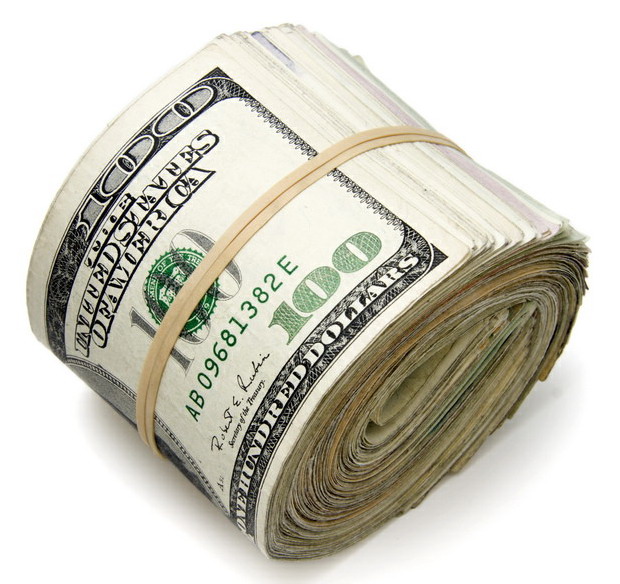Not all millionaires are the same: wealth vs. income
 The national Tax Foundation got into a bit of a blogging bout with Gov. Martin O’Malley’s office Tuesday over what the foundation saw as misuse of its tax figures.
The national Tax Foundation got into a bit of a blogging bout with Gov. Martin O’Malley’s office Tuesday over what the foundation saw as misuse of its tax figures.
But another problem with the blog by public affairs director Rick Abbruzzese was its use of figures about millionaires, saying Maryland has “the highest percentage of millionaire households in the United States” and the figure has gone up during the O’Malley administration.
That statement is based on figures rom Phoenix Marketing International, an annual study by a New York firm that looks at affluent markets. The study is consistently misused by people when they are talking about taxing Maryland millionaires.
What Phoenix measures is wealth and assets, not income and earnings. When the debate is about raising taxes on millionaires, as the legislature did again in May, the question is about taxpayers who have incomes of $1 million or more, not people who have assets of $1 million or more, which is what Phoenix measures. These are not just any assets, such as real estate and employer-controlled retirement plans, but “investable assets” or liquid wealth. This liquid wealth can include IRAs and other assets – anything that can be moved around by the owner.
According to Phoenix estimates – yes, it’s an estimate – Maryland had 157,776 households with liquid wealth of $1 million in 2011, up from 132,254 in 2006. That 2011 figure is 7.22% of the households, now the highest proportion in the nation, slightly edging out Hawaii.
But you don’t need to make $1 million a year to become this kind of millionaire. Many prudent people with household incomes of $100,000 a year or even less can put aside enough money over 40 years of employment to have amassed $1 million in investable assets by their 60s.
It is a lot more rare to have $1 million or more in annual income, and we do know that those numbers of Marylanders have declined since 2007 when they peaked at 8,652. The first millionaires’ tax went into effect the following year, and the number of millionaires declined by 27% to 6,290. That was likely due more to the beginning of the Great Recession than the tax rate, but we can’t really be sure that none of them moved out of state.
During the previous recession in 2001, we do know that the number of taxpayers with million dollar incomes declined for two straight years.
All these numbers are from the Personal Statistics of Income Reports from the Comptroller’s Office.
The official numbers for the last three years are not yet available, but it does appear that the number of Marylanders with million-dollar incomes has stayed below the peak in 2007.
As to the Tax Foundation’s beef with O’Malley’s office, you can read about it here.
They conclude, “Maryland’s tax structure is not competitive generally, and getting worse.”
–Len Lazarick
[email protected]

MarylandReporter.com is a daily news website produced by journalists committed to making state government as open, transparent, accountable and responsive as possible – in deed, not just in promise. We believe the people who pay for this government are entitled to have their money spent in an efficient and effective way, and that they are entitled to keep as much of their hard-earned dollars as they possibly can.
